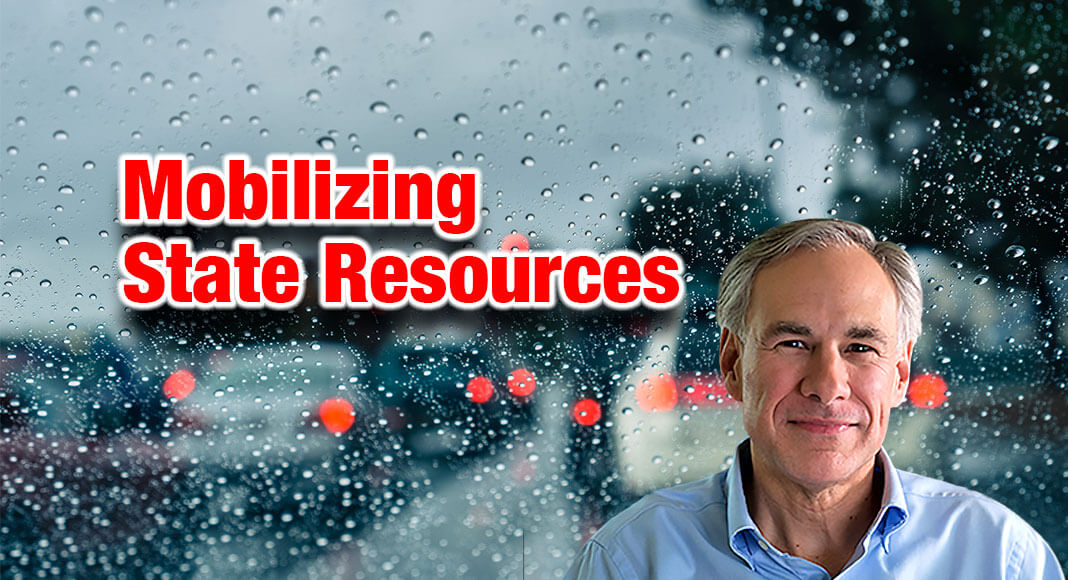
Texas Border Business
AUSTIN, Texas — Governor Greg Abbott directed the Texas Division of Emergency Management (TDEM) to mobilize state resources in anticipation of severe weather and flash flooding that is expected to impact areas of Texas through Wednesday. Threats from the severe storms moving across the state are expected to bring large hail, damaging winds, flash flooding, and the potential for tornadoes. Additionally, the state continues to support firefighting efforts in response to wildfires across Texas.
“The State of Texas stands ready to offer robust assistance and provide rescue efforts to those affected by severe weather in the coming days,” said Governor Abbott. “It is important for Texans to be prepared for the severe weather and stay alert through their community warning system to protect their property and ensure the safety of themselves and their loved ones.”
The following state assets have been mobilized for activation in response to severe weather:
- Texas A&M Engineering Extension Service – Texas A&M Task Force One and Texas Task Force Two: Boat Squads to support water rescue operations
- Texas Parks and Wildlife Department: Boat Teams to support water rescue operations
- Texas A&M Forest Service: Saw Crews and Incident Management Teams
- Texas Department of Public Safety: Helicopters with hoist capability
- Texas Department of State Health Services: Emergency Medical Task Force (EMTF) severe weather packages
- Texas Department of Transportation: Monitoring of road conditions, and equipment to support emergency debris removal from major roads
- Public Utility Commission: Power outage monitoring and coordination with utility providers as needed
The Texas State Emergency Operations Center (SOC) is activated at Level II Escalated Response in support of severe weather.
Texans are urged to follow these flood preparedness and safety tips during severe weather events:
- Know types of flood risk in your area. Visit FEMA’s Flood Map Service Center for information.
- Sign up for your community’s warning system. The Emergency Alert System (EAS) and National Oceanic and Atmospheric Administration (NOAA) Weather Radio also provide emergency alerts.
- Build an emergency supply kit. For more information on how to build a kit, visit: https://www.ready.gov/kit.
- Purchase or renew a flood insurance policy. Homeowner’s policies do not cover flooding. It typically takes up to 30 days for a policy to go into effect, so the time to buy is well before a disaster. Get flood coverage under the National Flood Insurance Program (NFIP).
- Keep important documents in a waterproof container. Create password-protected digital copies.
- Protect your property. Move valuables to higher levels.
- Declutter drains and gutters. Install check valves. Consider a sump pump with a battery.
- Be extremely cautious of any water on roads or in creeks, streams, storm drains, or other areas. Never attempt to cross flowing streams or drive across flooded roadways, and always observe road barricades placed for your protection. Remember, Turn Around Don’t Drown.
For more flood safety tips, visit ready.gov.












